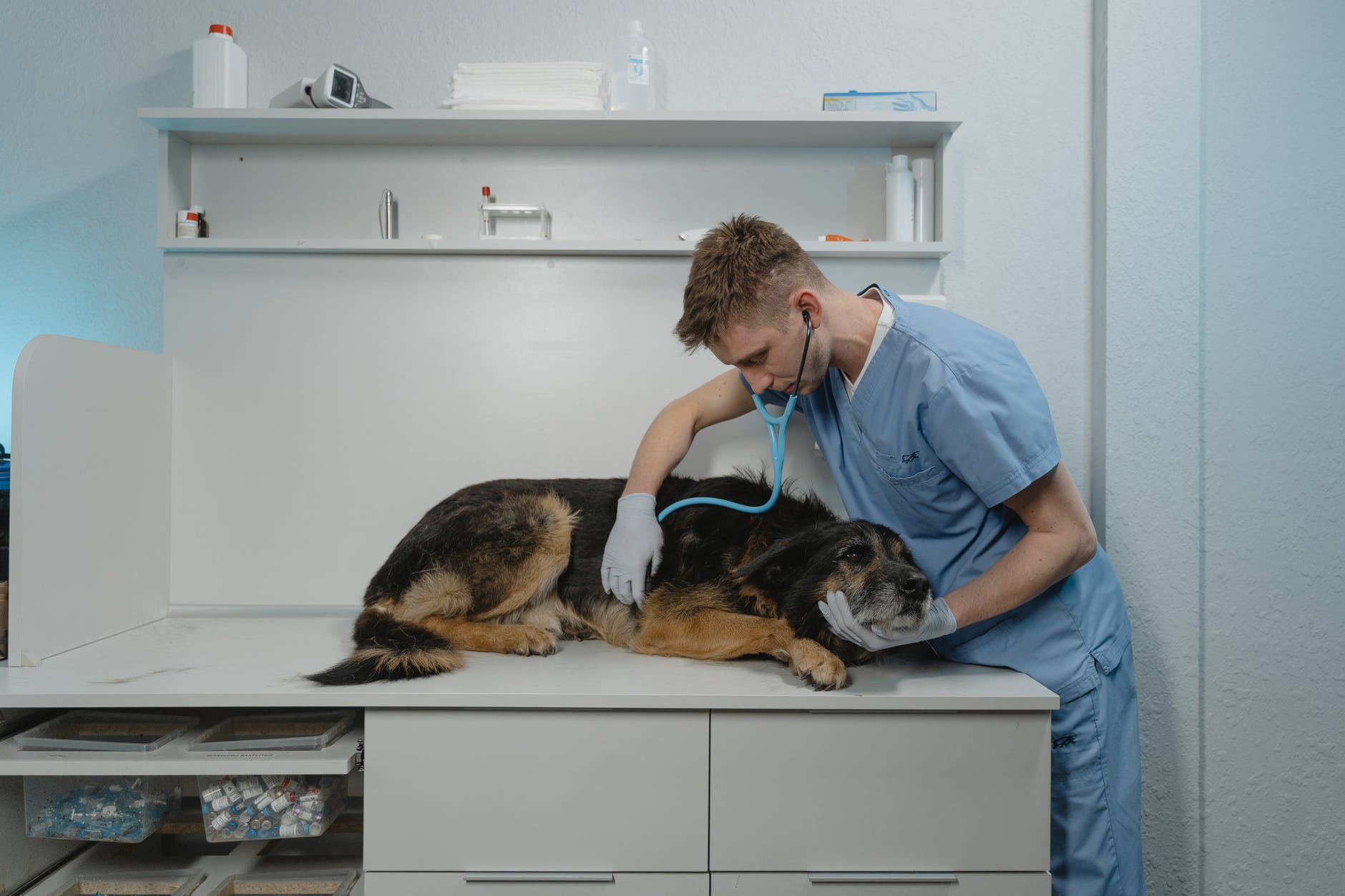Reptiles are a hugely diverse animal species, including turtles, snakes, and lizards. Reptiles have a long time and grow massive, depending on the species. Each species has distinct nutritional and housing requirements and safe handling practices.
If your reptile requires water, use a conditioner to eliminate chlorine and other potentially harmful substances from the water you drink. Research thoroughly before you decide to add another species to your pet’s family. Make sure you’re ready to commit and that you can meet your reptile’s demands.
To ensure that you keep your exotic pet well, visit a reputable vet specializing in exotic pets. Special animals have unique requirements to live a long, healthy life. Reptiles, for instance, have special environmental conditions such as heating and lighting.
Environmental Requirements of Reptiles
The confined habitat of a reptile must be carefully considered. The kind of habitat it requires will be determined by the animal’s size, how it lives within the natural environment, and how it gets water. The restricted habitat should be akin to the reptile’s natural surroundings.
Temperature
Ectothermic means that reptiles regulate their body temperature based on what they are exposed to in their surroundings. As a result, maintaining an appropriate temperature range in their cage is vital. Thermometers can track this, and a thermostat must be used to manage it.
It is reasonable to establish an energy gradient in the enclosure for most species. Keep one side of the cage at the warmer part of their preferred temperature range and the other towards the cooler end of the field. This lets the reptile roam around freely within the zones.
Mats, heaters, and heated wires can offer warmth; however, they must be put in place carefully to minimize direct contact to avoid burning. This can be accomplished by placing a barrier around the source of heat or removing it from the animal’s reach. Look up “Benefits of Cold Laser Therapy” for the best results.
Humidity
Humidity refers to the amount of moisture present in the air within an enclosure. The requirement for moisture in the surrounding environment varies according to the animal’s habitat. For instance, the species that live within the forest will require significantly more humidity than a species that lives in the desert.
Modify the quantity and placement of the water supply to either encourage or stop evaporation. You can also Sprinkle the enclosure using a water spray to maintain proper humidity. Different substrates are more effective at capturing moisture than other substrates and can be used to regulate humidity. Dehydration, scale rot, stuck sheds, and respiratory sickness can all result from water deficiency. Cat teeth cleaning information can be seen on a vet’s website.
Lighting
Lighting needs differ by species in the same way as the temperature and humidity. Be aware of whether the species you are considering are nocturnal (active at night) as well as diurnal (active all day) or crepuscular (active throughout the day). Also, think if they like to bask in the sun and how long their days are in their natural habitat.
In addition to providing visible light, the species’ UVA and UVB lighting requirements must also be considered. A UV light source should be provided, and the levels within the cage need to be monitored using a UV meter.
UV exposure is influenced by the intensity of the lamp’s ultraviolet. A lack of UV light could cause serious health issues, like metabolic bone diseases (MBD). If untreated, it could break bones, cause weakness, and even abnormalities. Look up “Bird vet in Santa Cruz” for more information.

